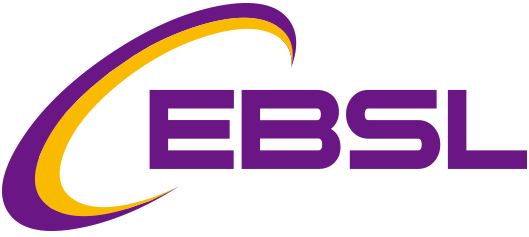School library powered by RFID technology
Background
Inside the library of King George V School, every single book – more than 20000 – contain a label. While this label looks just like an ordinary one, all these labels have a radio-frequency identification (RFID) tag embedded inside, allowing the library to make use of the multiple benefits of RFID technology.
The Challenge
Before the RFID era, Students had to queue up in front of the service desk for borrowing and returning the books. The stock taking process was a long one with only barcode labels and it was difficult to locate a lost book if someone misplaced the book in the Library.
The Solution
RFID label can be tailor made to suit the needs of our school needs. For example, each label has a unique barcode as well as the school logo, so further processing after installing the RFID tag is not required. RFID technology allows sensors to detect and identify tags from a distance, allowing the three book borrowing machines in the Learning Resource Center (LRC) to operate without a barcode scanner.
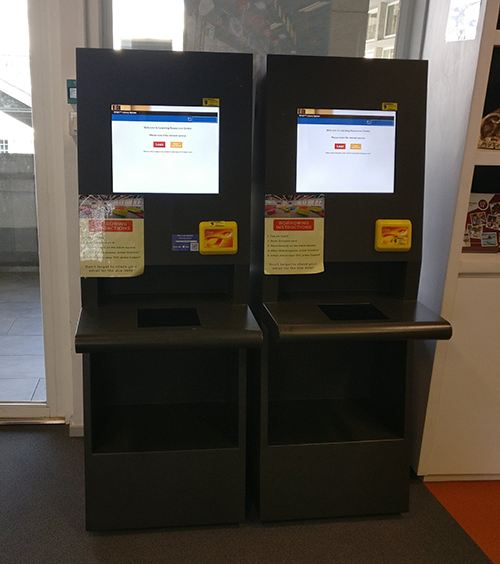
LRC has placed few self-service borrowing machines in LRC. These machines are equipped with a touchscreen, an octopus card reader and an RFID sensor. The book borrowing process is simple: first press the “Loan” button on the touchscreen, tap your octopus card on the reader, and place your books on top of the RFID reader, then press borrow. This process is extremely simple, and all of it is powered by the simple RFID labels inside each book. KGV Librarians find that this is a very helpful to reduce the borrowing queue and students has enjoyed a smooth and fast book borrowing process through the RFID technology.
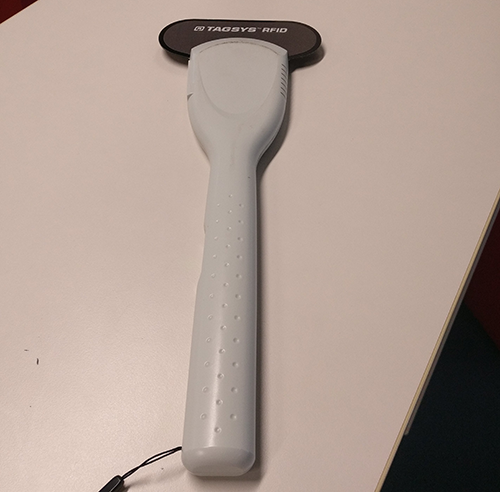
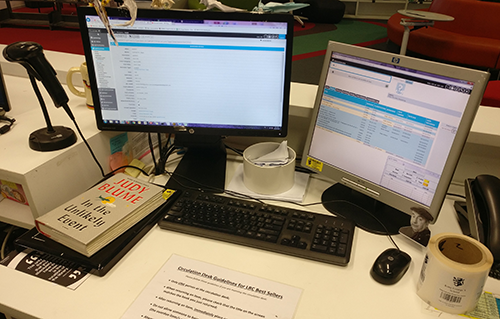
Use of RFID can also help with an alarm system. Inside KGV, an alarm sounds when a book is taken out of the LRC without being borrowed by using RFID sensors at the exits to detect the RFID tags inside the books. Not only do these tags work on books, they also work on electronic devices as well. The KGV library contains several iPads in order to aid with student education. These iPads are all equipped with RFID tags, which lets KGV students borrow the iPads.
Additionally, the use of RFID greatly simplifies the book returning system. Book returning is made simple for librarians as they just need to place books on an RFID sensor, and then use a computer to mark the books as returned.
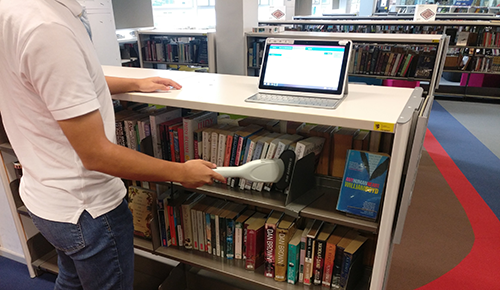
Furthermore, stock taking goes from being a laborious task to a simple one through the use of RFID. As RFID allows for books to be sensed from a distance, allowing librarians to take stock by moving an RFID sensor over books as opposed to manually scanning the barcode of every book. This greatly improves the convenience of stock taking, allowing for more frequent scans in a shorter span of time.
Outside of books, the LRC is also used as a study area. There are several study pods down the corridor in both the middle school and senior school section for collaborative learning, as well as silent study areas for individual study for senior school students. These study pods are currently booked through a paper system, but in the future, there may be a possibility of integrating an electronic booking system for this.
The Result
KGV is delightful to have implemented this RFID Library Solution so that Students can enjoy reading in school and at home with accurate recording and tracking of books. The RFID technology also helps the Librarians to ease the daily operations including the transaction recording, inventory counting and book security monitoring. KGV LRC is always used as the ICT demonstration site on how to apply touchless technology in school environment.
